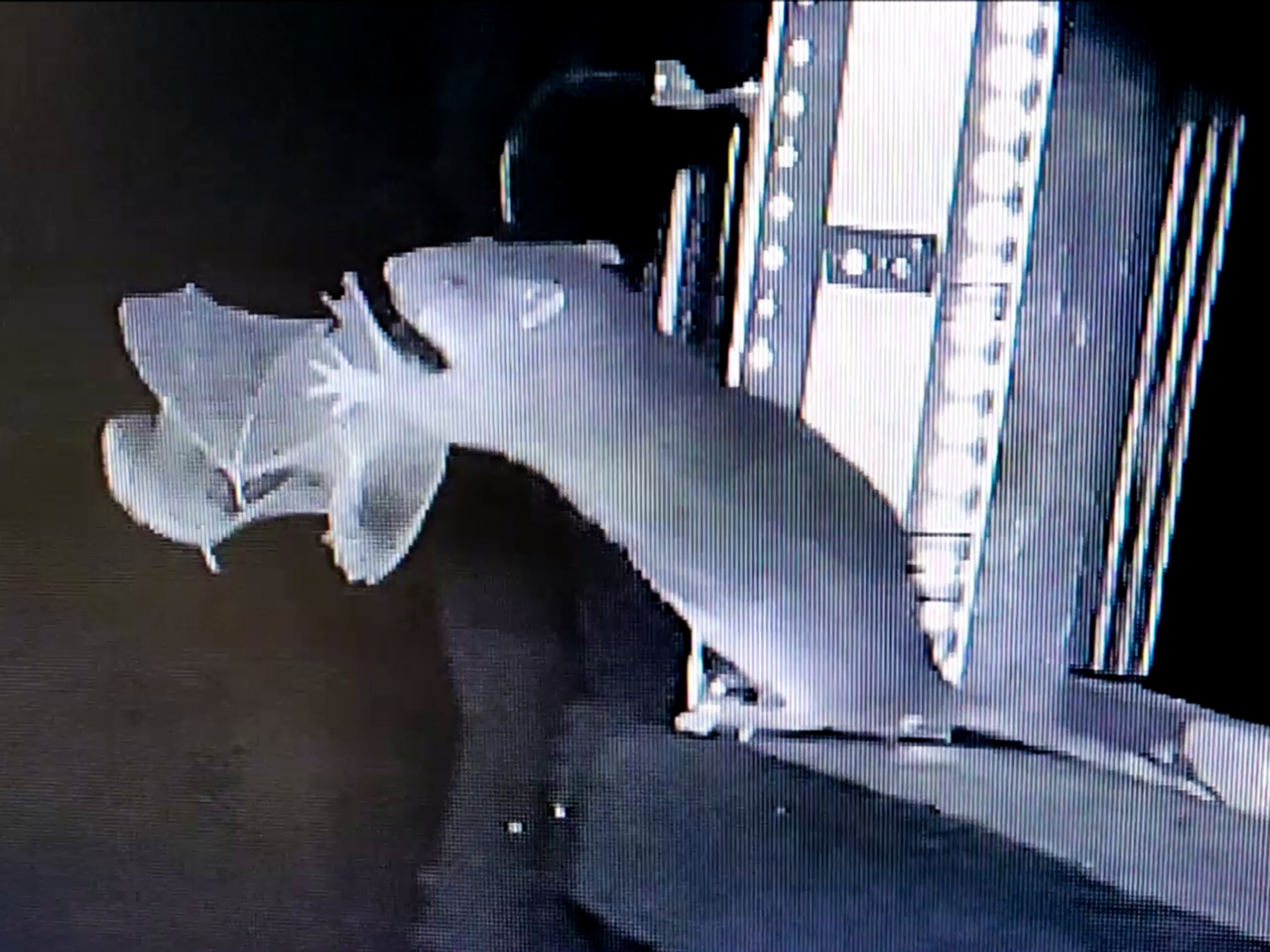
Bats Have Superfast Muscles—A Mammal First
Rapid buzz is "third reason why they've been successful evolutionarily."
Holy bat buzz, Batman—a new study shows the night flyers are the first known mammals with superfast muscles.
Found in some songbirds and snakes, superfast muscles in bats occur in the throat and enable a crucial hunting behavior: echolocation, in which the bat sends out sound waves and listens for echoes bouncing off prey.
As a bat closes in on an insect, the mammal emits more than 160 calls a second, a phenomenon called terminal buzz.
(Interactive: Hear tropical bat calls.)
The discovery explains how bats release such rapid calls. "It's really cool, because the muscles belong to this rare group, superfast muscles," said study leader Coen Elemans, a biologist at the University of Southern Denmark.
But "at the same time, they also limit the bats."
Though fast, the specialized muscles allow only a finite number of calls per second, Elemans pointed out. With even faster muscles, bats would benefit by making more calls per second, since each sound wave gives them more information about prey.
(Related: "'Whispering' Bat Evolved to Trick Prey.")
Batty Experiments
For the study, Elemans and colleague released individuals of a species called Daubenton's bats in a large cage, where they flew toward mealworms that the researchers had hung on a string. The bats' echolocation calls were recorded with a sophisticated microphone array.
The scientists measured when the bats were issuing calls, as well as when the echoes of those calls reached the bats' ears.
The team had suspected that bat call rates may be limited by the need to process the calls' echoes. That is: If a bat calls too soon, it won't be able to hear the previous call's echo and therefore will lose track of prey.
Each echo, though, hit the caller within about 2.5 milliseconds, yet the bats waited 6 milliseconds, on average, before making the next call—"a sea of time," Elemans noted.
That means that the bats are physically incapable of making more calls per second, not because they're deliberately waiting for echoes.
Next, the scientists removed superfast muscle fibers from some of the bats' larynxes and measured the tissue's mechanical performance by stimulating it with electricity.
The team found the bats' laryngeal muscles—which determine call frequency by tensing the bats' vocal folds—could power movements up to, but not beyond, 180 times a second. That's exactly the rate at which bats call during terminal buzz.
(See "'Drunk' Bats Fly Right—Discovery Surprises Scientists.")
Superfast-Muscle Evolution Still a Mystery
The discovery of superfast muscles in mammals may also help scientists disentangle the muscles' evolution overall, Elemans said.
For instance, researchers will now be able to compare the bat genome with other genomes of superfast-muscled animals—such as songbirds and snakes—to figure out when and how the muscles evolved.
(Related: "Early Bats Flew First, Developed 'Sonar' Later.")
What's more, Elemans suggests that the tracking boost afforded by terminal buzz helped bats flourish when they first evolved 50 million years ago.





